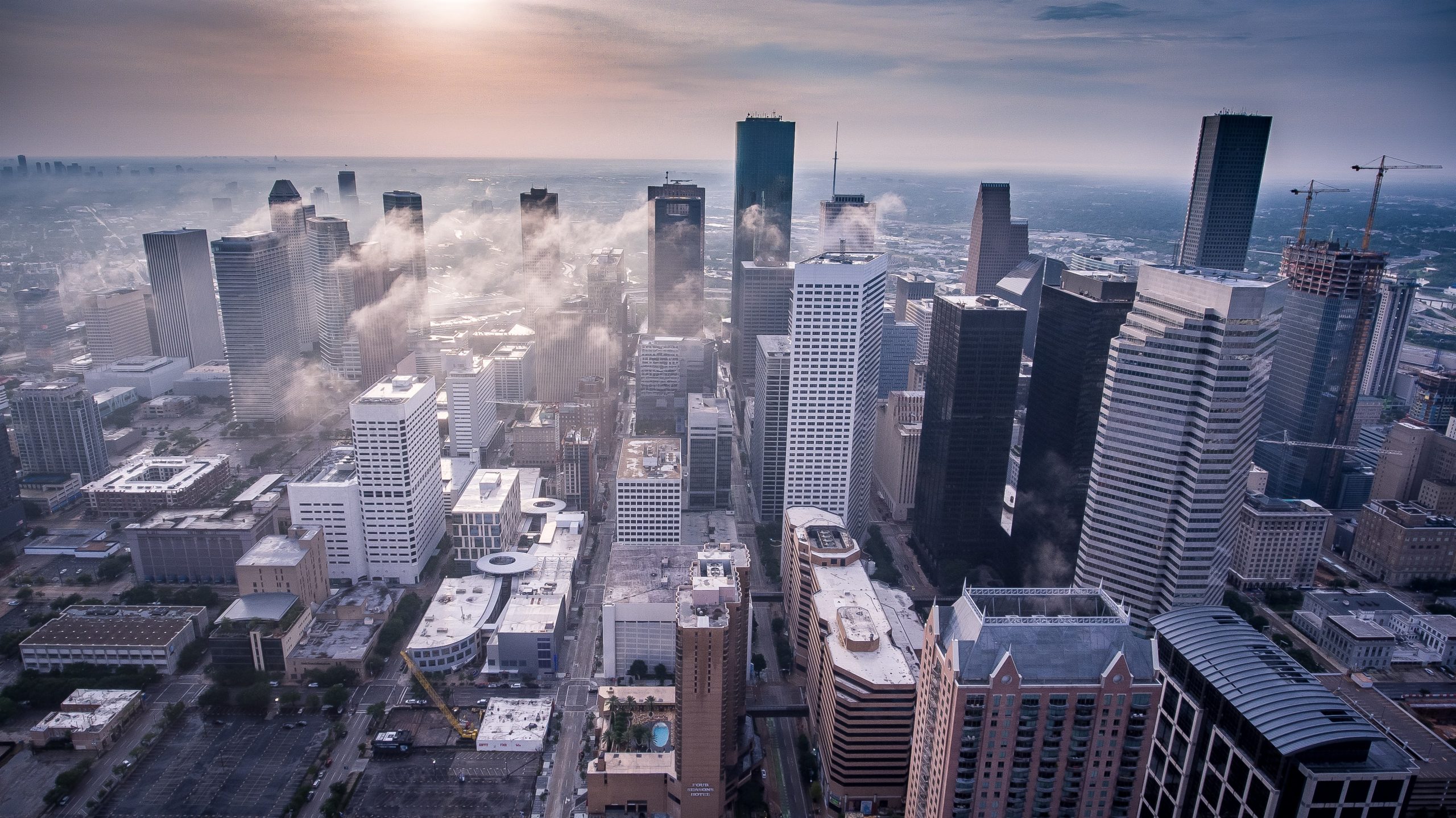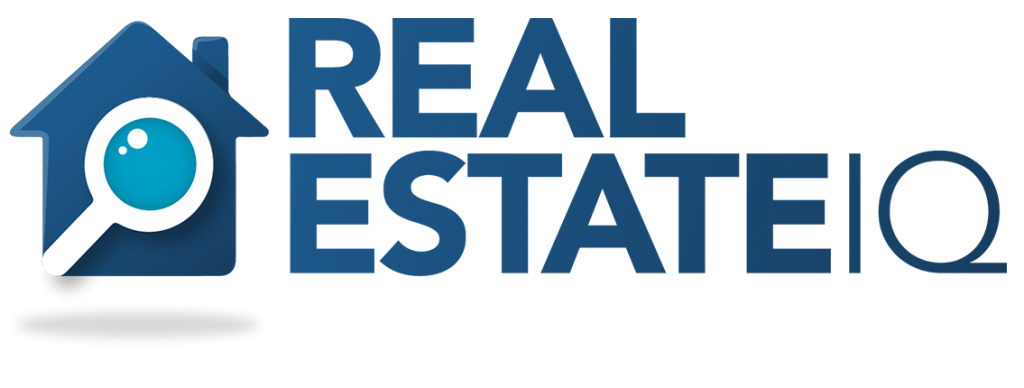
A popular American TV series popularized a line that applies to probably all industries. TV series SUITS’ Harvey Specter, the best closer in New York, always believed in this ideal:
“When you’re backed against the wall, break the goddamn thing down!
There’s a line that implies the best approach in facing a very strong adversity. When you feel like having no other options, you will find yourself in a situation where you discover something that you never knew you can accomplish. The same thing applies to the real estate industry when it faced a pandemic no one saw coming. The real estate investing industry was backed against the wall, all it had to do was to find its strength that it already possessed from the very beginning.
Tech Jobs X Real Estate
As mentioned in the first phase of this Real Estate IQ blog, local markets with strong tech job creation pre-COVID are bouncing back more quickly than others, according to realtor.com’s Weekly Housing Recovery Report last June. Five tech hubs – Denver, Boston, Seattle, San Francisco, and San Diego – are seeing real estate markets stronger than they were back in January 2020. The rest of the nation’s cities continue to see a slower real estate market than they did earlier in the year.
In Florida, Jacksonville rises highest on the recovery list at No. 11 nationally, with the market down 0.60% based on the realtor.com index in which a score of 100 is considered the standard for the pre-pandemic real estate market.
Records show that as the market heads into the summer, growth in online home searches and asking prices (on listings advertised on realtor.com’s website) has surpassed pre-COVID levels, but movement in supply and time on the market remains well below seasonal pace.
It was very evident that markets with stronger job creation pre-COVID are proving to have the crucial edge for real estate activity, particularly those with a strong technology sector. As more tech companies weather the storm, the stable jobs and incomes they offer will continue to power demand for homes in these areas, enabling home sales to bounce back faster than the rest of the country this summer.
The realtor.com Housing Market Recovery Index for the week ending June 13 reached 90.0 nationwide, indicating that the U.S. market is about halfway recovered based on January 2020 levels.
An additional four markets have crossed the recovery index benchmark namely – Seattle, Rochester, N.Y., Las Vegas, and Los Angeles – taking the total number of markets above their January baseline to eight. Denver (index 107.6), Boston (index 106.7), San Francisco (index 104.5), and San Diego. (index 104.5) had already surpassed January 2020 levels and remained among those leading the rebound revolution. These are all clear indications that recovery is in its full swing up to the remainder of the year 2020.
Time for Rebound
The real estate markets were greatly impacted by the large and rapid shift to remote work and online shopping, both in and outside city centers alike.
Commercial real estate will suffer double jeopardy because aside from a recession-related drop in commercial real estate demand, remote working and dropping consumption in city centers will significantly reduce demand for city center office and commercial space. As some of these trends become permanent, demand for commercial real estate will likely trail pre-pandemic levels, even after full vaccination.
And regarding the impact on housing, at some point many Americans had to decide whether to live in smaller homes close to city centers, partly to reduce commute time, or to live farther away but in larger homes. The rise of teleworking will make the second option more attractive for two reasons: First, commuting will no longer be a factor in the decision, eliminating the major attraction of smaller, closer homes. Second, the need for a home workspace adds to the attraction of larger, more distant homes.
As a result, housing demand may shift away from city centers, as will the demand for office and retail space. The decline in demand for city center real estate will put downward pressure on prices, and new construction will be depressed for some time. However, additional demand for both retail space and housing outside city centers will raise real estate prices in these areas. The rise of remote working may also reduce the demand for housing in suburbs near train stations and major highways, as shorter commute times become less important for many buyers.
Until full vaccination is readily available, city centers will be more economically affected by the pandemic than most other locations. As working and consumption patterns shift away from city centers, the initial drop in real estate prices will likely be larger than in other places. Areas outside city centers will benefit from this trend, experiencing an increase in consumption and demand for real estate.

Thru pandemic and beyond
But in the long run, city centers will likely remain an attractive residential destination. Entertainment in these places will likely recover. One potential long-term change is an outflow of families who seek more space and an inflow of younger people who want to live in more socially vibrant city centers that are suddenly more affordable. Another change may be that workers who value personal interactions with their colleagues and other professional peers will have more desire to stay close to city centers. Others, perhaps on average, the less career-driven, may prefer to live farther away.
In an extreme scenario, the shift in business and real estate tax revenue from main cities in metro areas to other locations will probably start a vicious cycle of fiscal crises in main cities. Such a scenario, if and only if it will manifest, would reduce government services and the quality of life in large cities.
Resilience is the capacity of a system (such as a building, business, community, or city) to prevent, withstand, respond to, and recover from a disruption. There are different types of resilience; social, engineering, disaster, and financial resilience are most closely related to the real estate investment industry. It is this kind of catastrophe that tests how we, as an industry, roll with it, grow through it and how our spirits fight back.
At the end of the day, the COVID-19 pandemic is and will continue to be devastating for city centers in any area, at least until full vaccination is readily available. Beyond that, the permanent rise of telecommuting or working remotely will permanently change city centers forever.
This specific moment in history will linger in the pages of human civilization as a defining moment when the real estate industry exemplified true tenacity and resilience in the hopes of uplifting the American dream for the American people of today, tomorrow and beyond.
Disclaimer: The blog articles are intended for educational and informational purposes only. Nothing in the content is intended as legal or financial advice.
Sources: https://www.realtor.com/research/housing-marke t-recovery-index/

